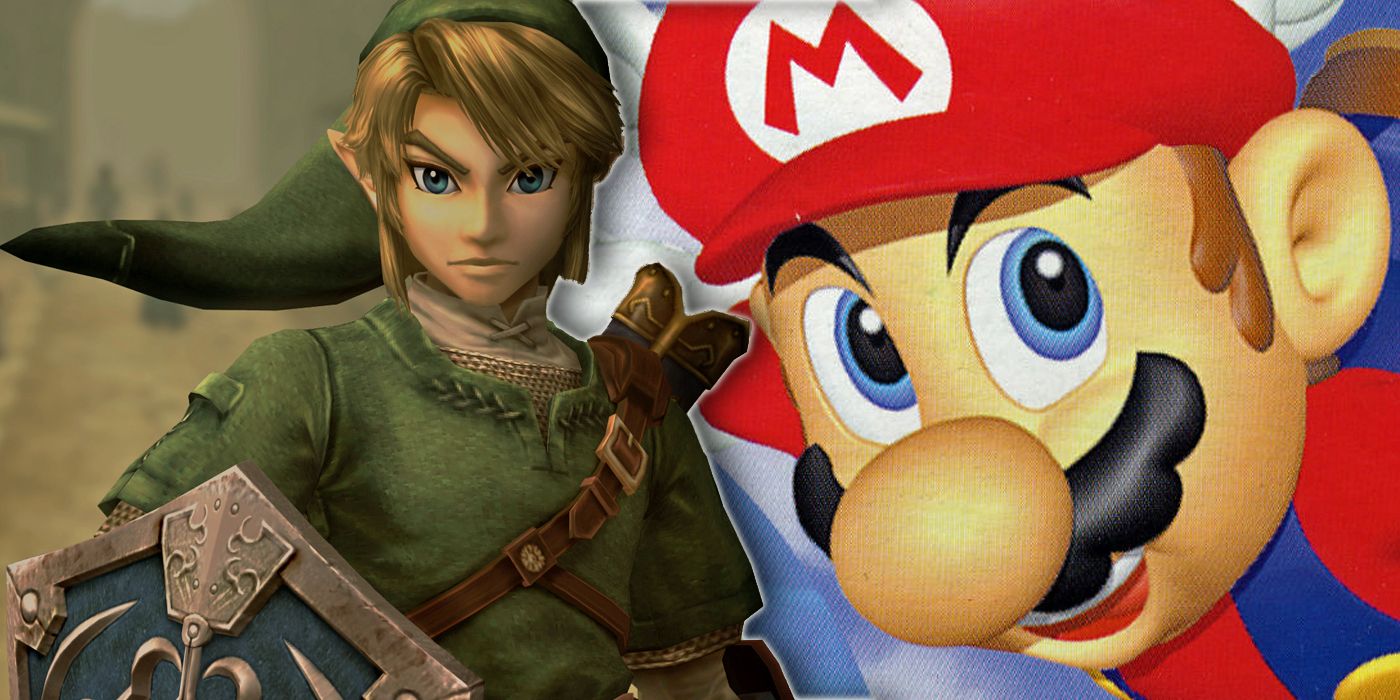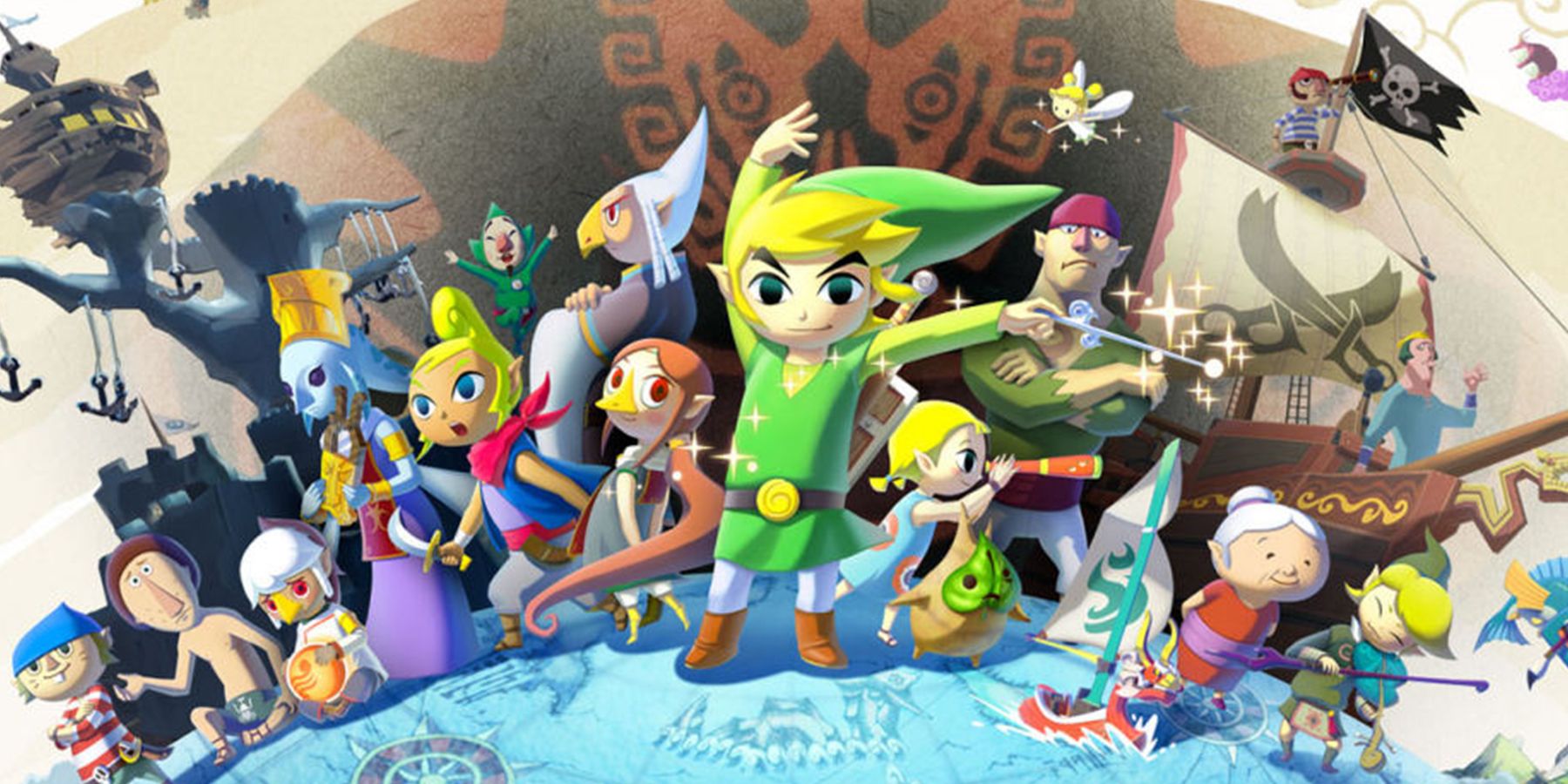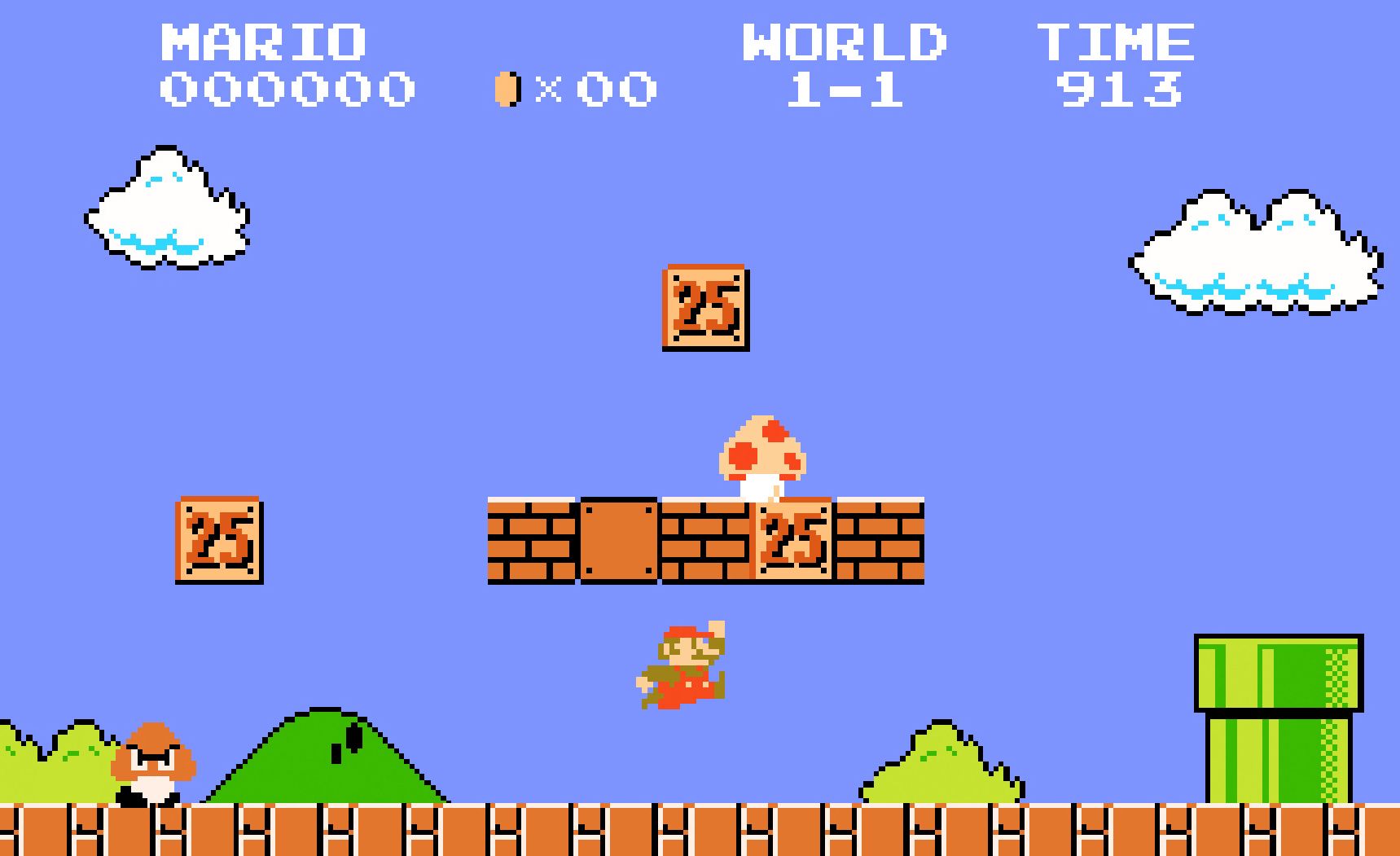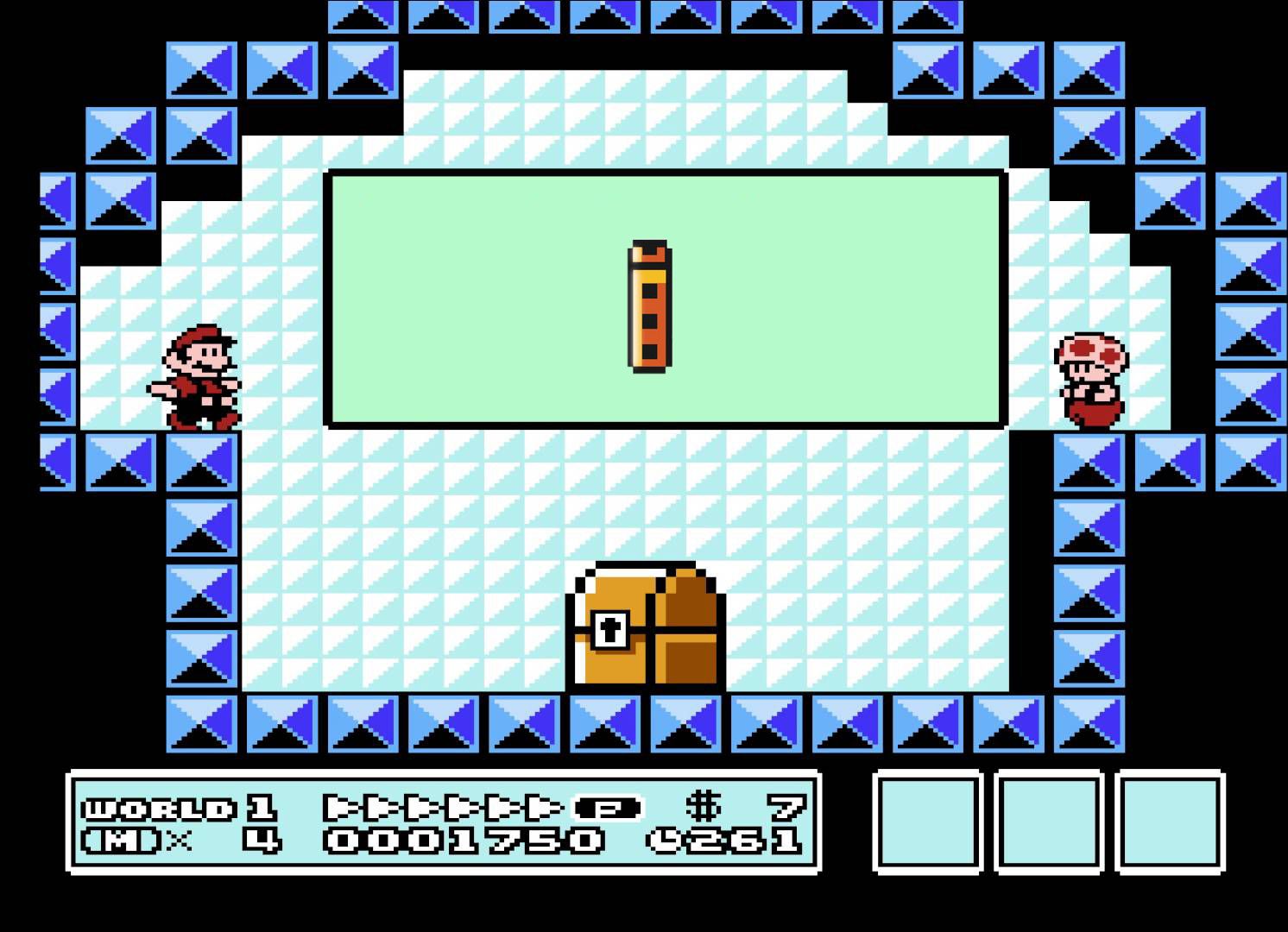Outside of the occasional Easter egg or non-canonical crossover in Super Smash Bros. and Mario Kart, Nintendo's two flagship franchises, Super Mario Bros. and The Legend of Zelda, have largely existed in completely separate continuities. However, a new theory surfacing online suggests that both video game series take place in the same universe and that Mario and his extensive supporting cast have dark, evolutionary origins.
Redditor Her0_Of_time revealed that the instruction manual for the original 1985 Super Mario Bros. described the game's background as Bowser leading his army of Koopa to invade the Mushroom Kingdom aided by Bowser's mastery of black magic. The supernatural aspects of the longtime Mario antagonist have been downplayed across subsequent sequels and spinoffs in the following years, but the fan theory points to the similarities between this premise and that of Ganon conquering Hyrule in The Legend of Zelda franchise across the series' history.
In 1998, The Legend of Zelda: Ocarina of Time included the revelation that Link, Princess Zelda and Ganon were destined to be reincarnated through the ages to continue to battle over the fate of Hyrule and the all-powerful TriForce. It also introduced the concept of divergent timelines to the franchise through the extensive use of time travel in the game's story, confirmed by the officially licensed Hyrule Historia. One of these divergences would be explored in 2002's The Legend of Zelda: The Wind Waker.
The cel-shaded visual reinvention took place in a timeline centuries after Link defeated Ganon before returning to his own time. True to his word, Ganon escaped from his imprisonment in the Sacred Realm and resumed his conquest of Hyrule without a Hero of Time present to stop him. To seal Ganon, Hyrule's gods flooded the entire kingdom with survivors living on the tops of mountains which became islands in the resulting Great Sea, with many races evolving into new forms. A new boy named Link resembling the Hero of Time would eventually rise up and defeat Ganon once again.
The fan theory then takes things one step even further by suggesting that centuries after the events of The Wind Waker's direct sequel, The Legend of Zelda: Phantom Hourglass, the floodwaters receded around Hyrule, and the land was renamed the Mushroom Kingdom while the Hylians would evolve into Toadstools, Gorons in the Kongs, and horses into Yoshis. Evolution isn't out of place in the Zelda franchise; The Wind Waker revealed Kokiri had evolved into the plant-like Koroks while the Zora had become the avian Rito, for instance.
With that in mind, Bowser represents the latest reincarnation of Ganon, Zelda reborn as Princess Peach, and the theory cheekily posits the new Hero of Time is actually Luigi and not Mario. The power stars common in the Mario franchise are explained as pieces of the TriForce, further signifying their importance in the continuing legend and legacy of the Hero of Time.
While amusing, the theory doesn't account for why Toadstools and the Mario brothers themselves would evolve in such radically different deviations and, perhaps most tellingly, doesn't explore that the Wind Waker timeline already received a sequel where the floodwaters had receded from Hyrule in 2009's The Legend of Zelda: Spirit Tracks. The DS title took place over a century after the events of Phantom Hourglass in New Hyrule with the descendant of Link becoming a train conductor and engineer who navigated a steam-powered locomotive across the land against the evil Malladus.
The Zelda timeline that has the most in common with the Super Mario franchise actually springs from a divergent one where Link loses to Ganon in Ocarina of Time.
The resulting timeline included the original NES Legend of Zelda as well as its sequel The Adventures of Link and Breath of the Wild. Both Adventures of Link and Super Mario Bros. 3 prominently feature the Warp Whistle, a device that allows its user to teleport to faraway locations. And while linking Power Stars and Starman to the TriForce is certainly intriguing, the power-up had been revealed to be the product of shooting stars landing in the Mushroom Kingdom in Super Mario Galaxy and Mario Kart: Super Circuit.
Super Mario Bros. and The Legend of Zelda are arguably Nintendo's two most beloved and recognizable franchises. While the two have been linked through crossover games and numerous Easter eggs and references, the two exist in separate realities rather than one of Zelda's several divergent timelines.
The Wii U's Nintendo Land had taken this one step further suggesting a Nintendo Multiverse with its theme park presentation, hopefully providing fans with a future means for the two standalone franchises to intersect but, as it currently stands, they remain on their own.




